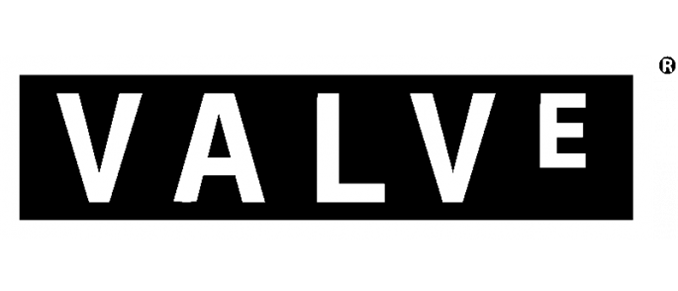Valve Publically Releases "ToGL" Direct3D-to-OpenGL Shim
by Ryan Smith on March 11, 2014 4:00 PM EST
Though firmly rooted in the Microsoft technology camp for much of their history, in the past few years Valve has been expanding their reach to additional platforms and technologies. This started with porting their own games to OpenGL based OSes – first Mac OS X and later Linux – and of course more recently their efforts in rolling their own Linux distro with SteamOS. Throughout all of these processes Valve has been relatively open about what they’re doing and how they’re doing it, and this week they’re getting a bit more open on the API side.
Posted this week to GitHub, Valve has released the source code behind their “ToGL” shim to the public. ToGL is the translation layer Valve uses to bring OpenGL support to their games, essentially emulating a limited subset of the Direct3D 9.0c API and translating those calls to OpenGL. It is implemented within the game binary itself (this isn't an external wrapper), so this is primarily a tool for game developers. And although not particularly common, translation layers such as ToGL and even bigger full-on wrappers are often used to bring big budget multiplatform games to OpenGL platforms, as the PC ports of many games are still primarily coded against Direct3D and native OpenGL renders are sparse.
This release of ToGL comes from Valve’s latest game, DOTA2, with Valve pulling ToGL directly from said game’s source tree. Valve’s release notes, though short, give us a quick idea of just how large of a subset of Direct3D 9.0c ToGL supports. Since it’s not a full Direct3D 9.0c implementation, only part of Shader Model 3 is offered; multiple render targets (which are heavily used these days) are supported, while vertex texture fetch is not. Meanwhile we can see that Valve has been doing shader translation (HLSL-to-GLSL) at a bytecode level, rather than doing the translation at a higher level.
Finally, though Valve’s notes don’t specifically state why they’re releasing ToGL to the public at this time, it’s readily apparent from their releasing it in open source form and their choice of license that they’re looking to spur further Mac OS X and Linux ports of games. By opening up ToGL to other developers and making it free to use via a BSD-style license, developers building games targeting Direct3D 9.0c have an avenue for making the porting of the graphics layer significantly easier.
Though with that in mind, it remains to be seen just how productive it will be to release a Direct3D 9 shim at this point in time. With Windows XP’s retirement next month, all supported versions of Windows will support Direct3D 11 (feature levels not withstanding), so the number of games being written against Direct3D 9 will be low. On the other hand this would still greatly speed the porting of older games, which could help to further build up the list of games available on SteamOS.
Source: Github (via GamingOnLinux)










32 Comments
View All Comments